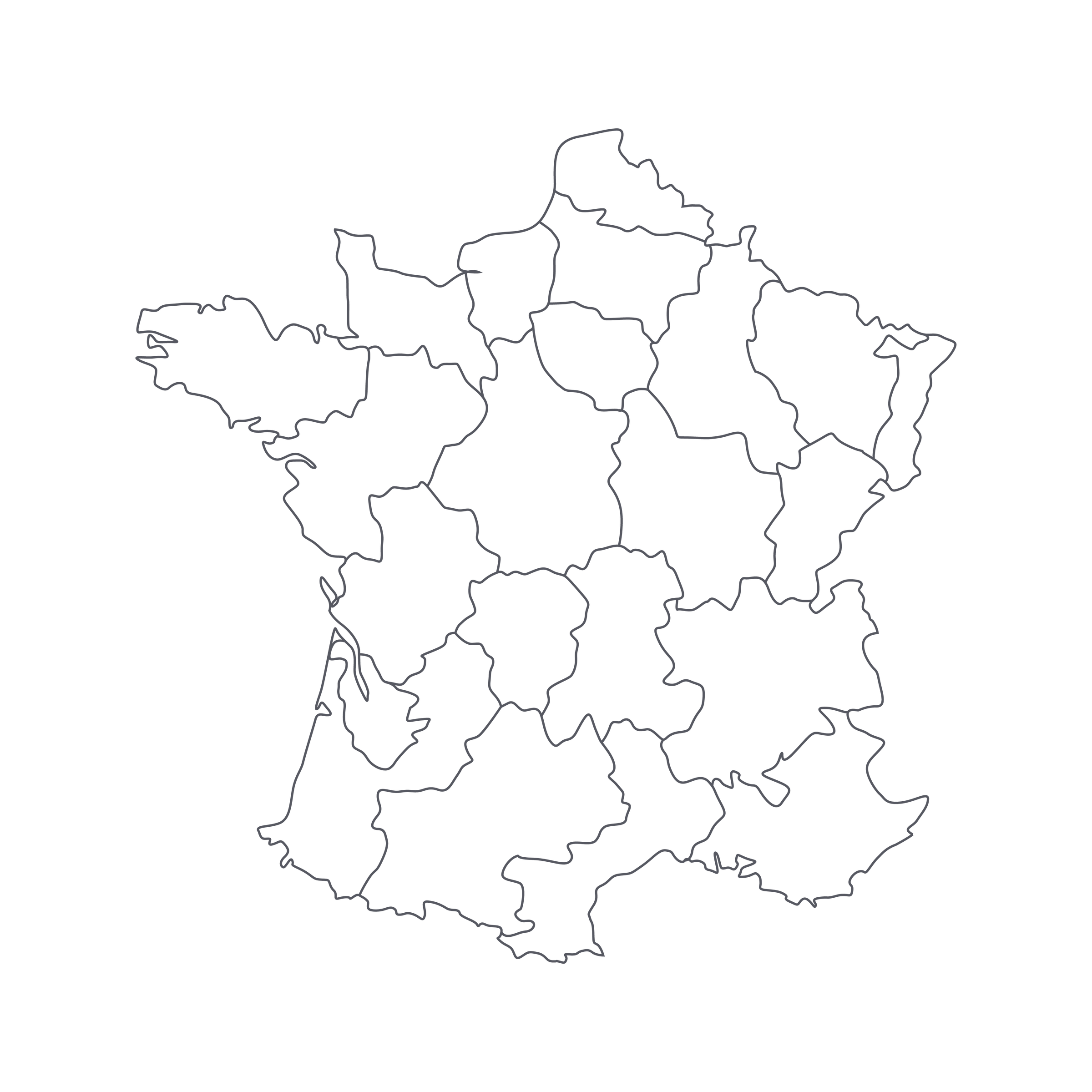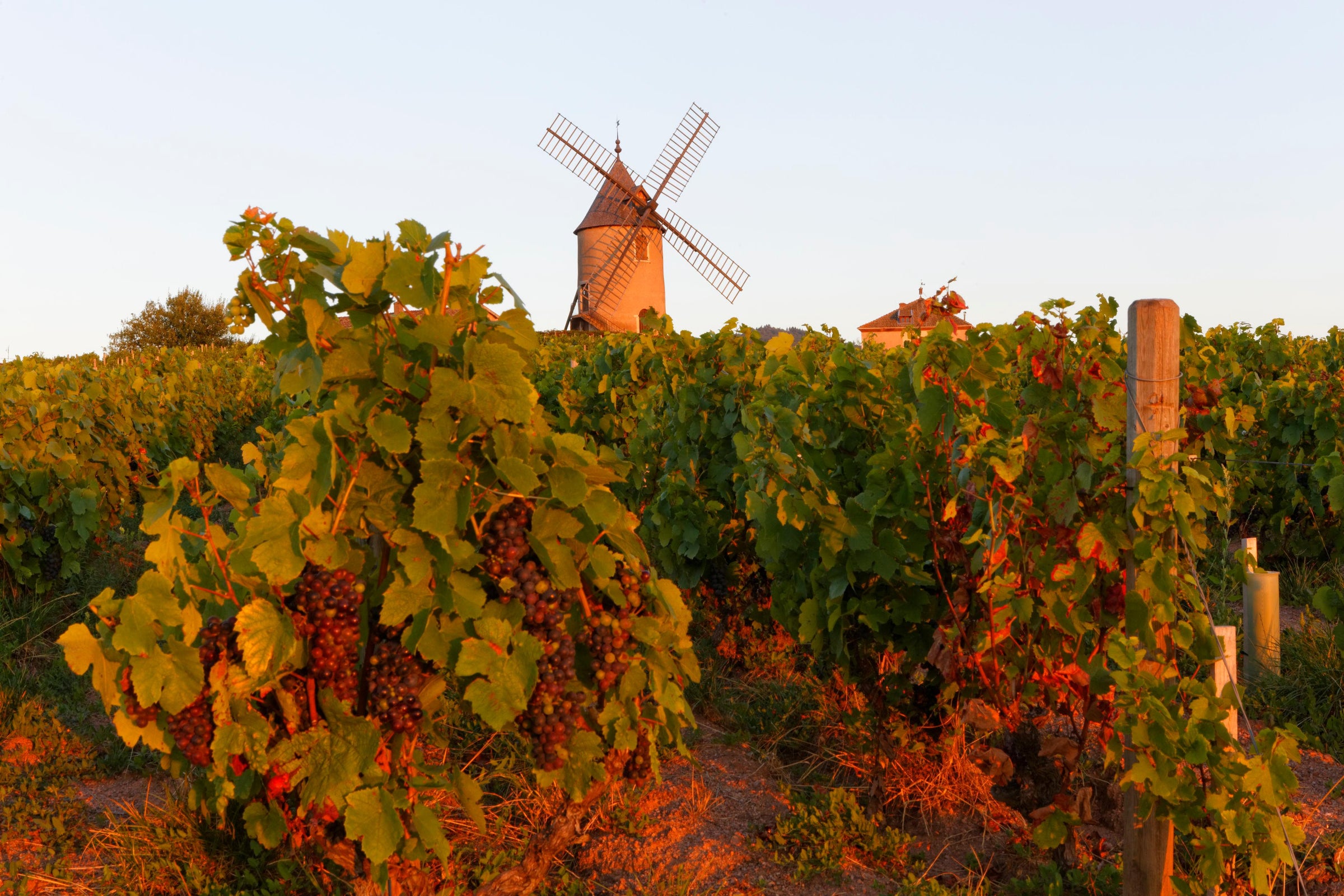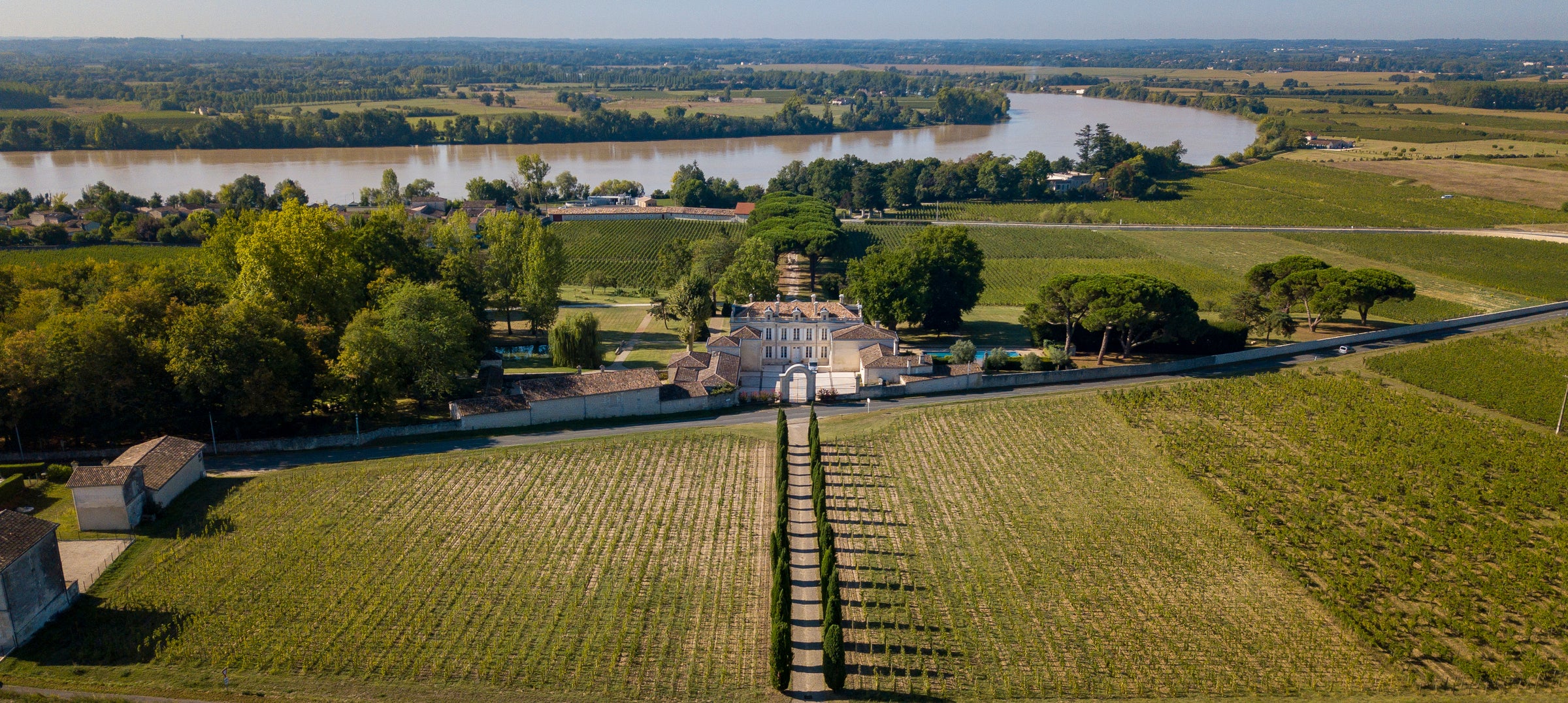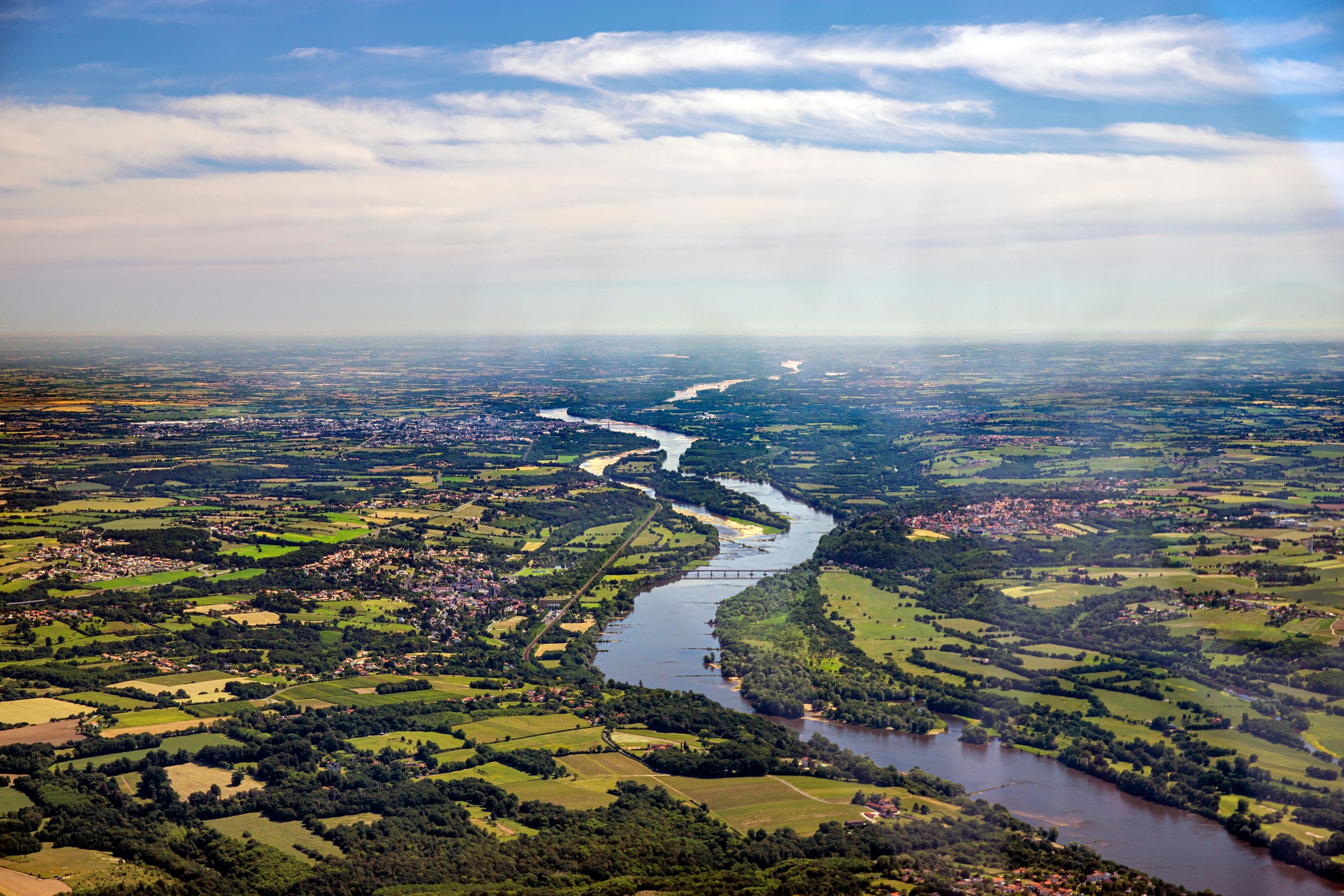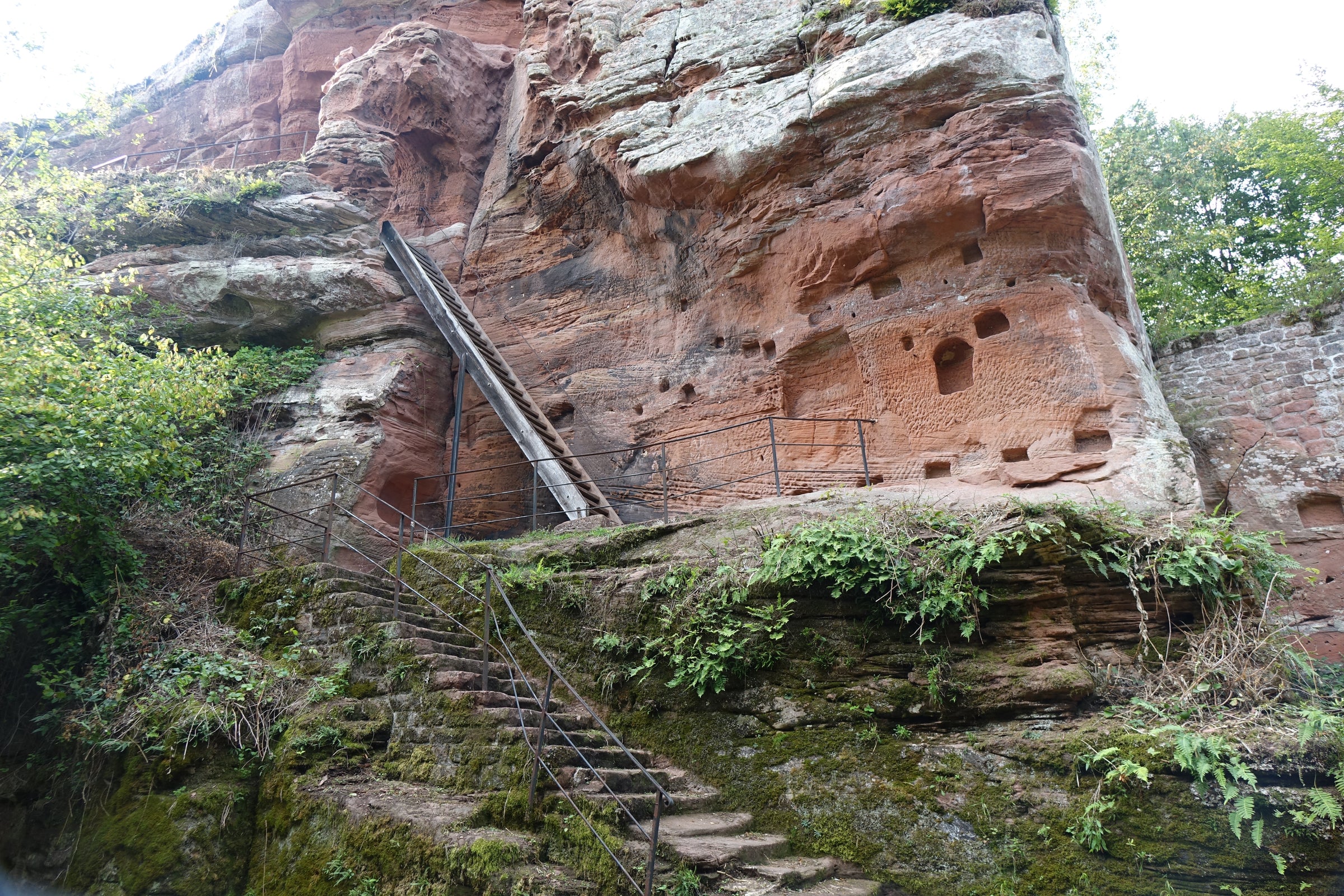If you drink French Champagne with any regularity, you know that $40 per bottle is at the lower end of the price spectrum. And while $40 may be an ‘entry level’ price point by Champagne standards, it is by no means ‘cheap’ for a bottle of wine. It needs to deliver at that price, and what’s fascinating to me about a wine like Pierre Gobillard’s “Brut Authentique” is how it seems expensive on its face but in fact stretches your wine dollar about as far as it can go.
You would be hard-pressed to find more wine for the money, in fact—provided you first take Champagne out of its apéritif/party “box” and judge it on its merits as a wine. Yes, we say this a lot, but when I tasted “Brut Authentique” I wasn’t thinking about toasting the New Year with it, I was thinking about what I’d cook for it. Sole meunière? Blanquette de veau? Roast chicken? It’d be delicious with all of those, and a lot of other dishes besides. Based in the Vallée de la Marne village of Hautvillers, right where that sub-zone intersects with that of the Montagne de Reims, Gobillard spotlights ‘the Pinots’—Noir and Meunier—in the “Brut Authentique”
cuvée. Rich, generously textured, toasty Champagne—it’s a can’t-miss choice for your holiday table, and, for that matter, your non-holiday table, too!
[**PLEASE NOTE: We also have a small supply of Magnum (1.5L) bottles for twice the price! Please contact us directly at info@sommselect.com for availability]
The Gobillard family has a few branches in and around Hautvillers (there’s also a larger house in the village named J.M. Gobillard). The Pierre Gobillard branch is a récoltant-manipulant (‘grower-producer’) house with about eight hectares of estate vineyards, spread across Hautvillers and neighboring Cumières. Vineyards on this northern bank of the Marne River are blessed with near-full southern exposures, ensuring optimal ripeness for all three of the Champagne grapes, although the Vallée de la Marne is said to be especially hospitable to Pinot Meunier, which comprises 40% of the Brut Authentique cuvée (along with 30% each Pinot Noir and Chardonnay). Hautvillers, as some Champagne geeks are likely aware, is famous for being the home of the Abbey of Saint-Pierre d’Hautvillers, where the Benedictine Monk Pierre Pérignon (yes, “Dom” Pérignon) worked as a winemaker. The (former) abbey’s buildings are today owned by Moët & Chandon, while the roughly 300 hectares of vineyards in Hautvillers include parcels prized by many of the big-name houses, including Jacquesson, Louis Roederer, and Veuve Clicquot.
Appealingly dense and creamy (thanks to three years' aging on its lees before disgorgement), with lots of savory follow-through on the finish, this is one of those ‘gastronomic’ Champagnes I like to drink from big glasses at slightly warmer-than-typical temperatures, to really let its ‘vinous’ qualities shine. It’s a deep straw-gold with copper reflections and a rich mousse, with aromas of yellow apple, pear, acacia honey, rising bread dough, raw hazelnut, and wintry spices. It’s a high-impact wine on the palate: medium-plus in body and blessed with a layered texture. Let it come up to about 50 degrees in all-purpose white wine stems (or larger) and, if you’re not quite ready for Champagne as a main-course wine, sub it in for whatever white you’d pair with the attached winter salad. There are all sorts of complementary flavors at work here, and as I said, I think this wine is wasted on cocktail hour. I think you’ll agree. Cheers and Happy Holidays!


